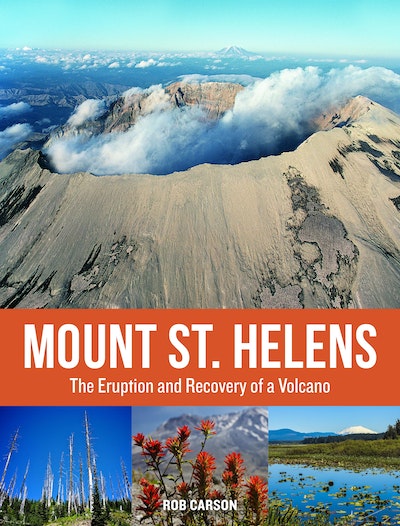- Published: 15 April 2015
- ISBN: 9781570619793
- Imprint: Sasquatch
- Format: Paperback
- Pages: 160
- RRP: $49.99
Mount St. Helens 35th Anniversary Edition
The Eruption and Recovery of a Volcano
- Published: 15 April 2015
- ISBN: 9781570619793
- Imprint: Sasquatch
- Format: Paperback
- Pages: 160
- RRP: $49.99
Photographs with text commemorate ten years since the volcanic eruption of Mount St. Helens. Half the book portrays events in 1980: human and animal deaths as far away as 6, 9, and 25 miles; the blast and scorch zones; the avalanche; the mud flows topping hills of 250 feet; the flooding and loss of property; and the 540 million-ton ash fall spread over 22,000 square miles. The second half of the book sketches events since 1980. Aquatic environments are now back to normal, but the first post-eruption tree harvest won't occur until 2025, and for other areas "the minimum will be a century." The book also includes discussions on the unique scientific opportunities to study species adaptation and compressed geological time, the human conflicts over science versus tourism in Mount St. Helens National Monument, and over human intervention versus natural regeneration on timberland and rivers. For larger collections.
--Library Journal (review of previous edition)
